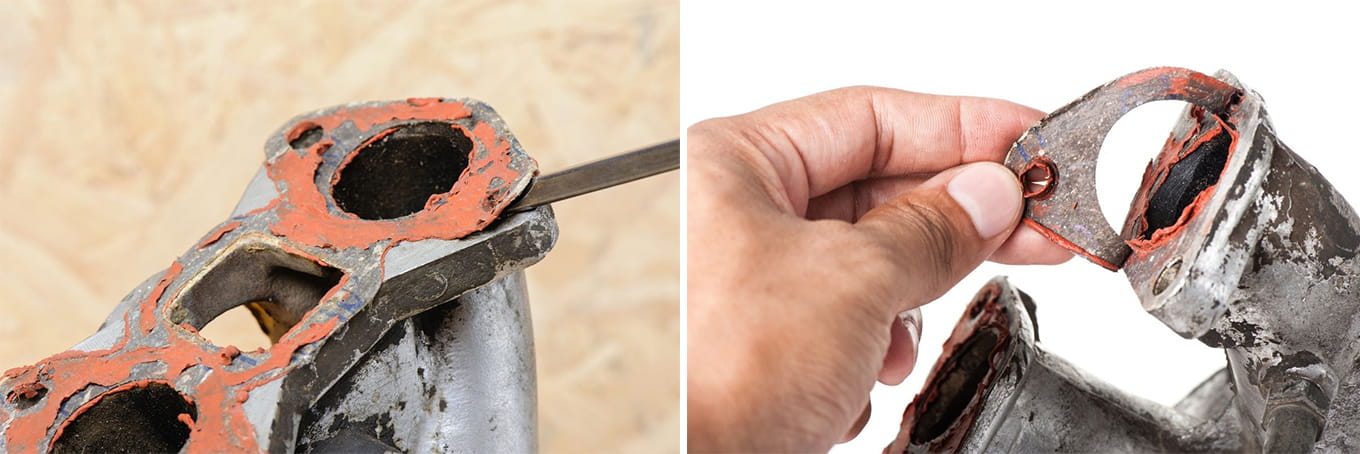What are the installation requirements for gaskets?
The gasket is a wearing part, and it and the packing are the most frequently replaced parts in the valve. Gasket selection and installation quality are directly related to whether the static sealing point “runs, runs, drips or leaks” and is the biggest issue to ensure safety.
(1)Preparation before gasket installation:
The type, size, and material of bolts and nuts shall comply with the relevant provisions in national standards. It is not allowed to mix bolts and nuts with random teeth, bending, different materials, and different specifications.
For the static sealing structure of the threaded connection, there should be no random teeth, slippery teeth, cracks, and serious corrosion. For the static sealing structure of the flange connection, there should be no defects such as offset opening, wrong opening, wrong hole, and improper matching of upper and lower flanges, and cracks and serious corrosion are also not allowed.

(2) Requirements for gasket installation:
Gasket installation should be carried out only after the flange connection structure or threaded connection structure, static sealing surface and gasket are checked.
①Before putting on the gasket, apply a layer of graphite powder or lubricant (water) mixed with graphite powder and oil (water) to the sealing surface, gasket, thread and rotating parts of bolts and nuts. Gaskets and graphite should be kept clean (i.e. gaskets are bagged, not stained with dust; graphite boxes are not seen), and they should be taken whenever they are used, and should not be thrown anywhere.
②The gasket should be installed in a moderate and correct manner on the sealing surface, and should not be deflected, extended into the valve cavity or placed on the shoulder. The inner diameter of the gasket should be larger than the inner hole of the sealing surface, and the outer diameter of the gasket should be slightly smaller than the outer diameter of the sealing surface, so as to ensure that the gasket is pressed evenly.
③Only one gasket is allowed to install the gasket, and two or more gaskets are not allowed between the seals to eliminate the gap between the two sealing surfaces.
④Before the flange gasket in the valve is covered, the valve stem should be in the open state, so as not to affect the installation and damage the valve parts. When putting on the cover, align the position, and do not use the push-pull method to contact the gasket, so as to avoid displacement and scratches of the gasket. When adjusting the position of the spacer, the cover should be lifted slowly, and then lowered gently after alignment.
⑤ When bolting, the end of the steel number should be installed on the upper side and the inspection end. The bolts should be tightened in a symmetrical, alternate, and uniform operation method, and rotated in 2 to 4 times. The bolts should be full of teeth and neat without loosening. Gasket caps for threaded connections, if there is a wrench position, do not use pipe wrenches. For bolted or threaded gaskets, the gaskets should be in a horizontal position.
⑥ After the gasket is tightened, there should be an appropriate gap between the two connecting parts, so as to allow the gasket to be tightened again when it leaks. The reserved clearance for gasket installation.